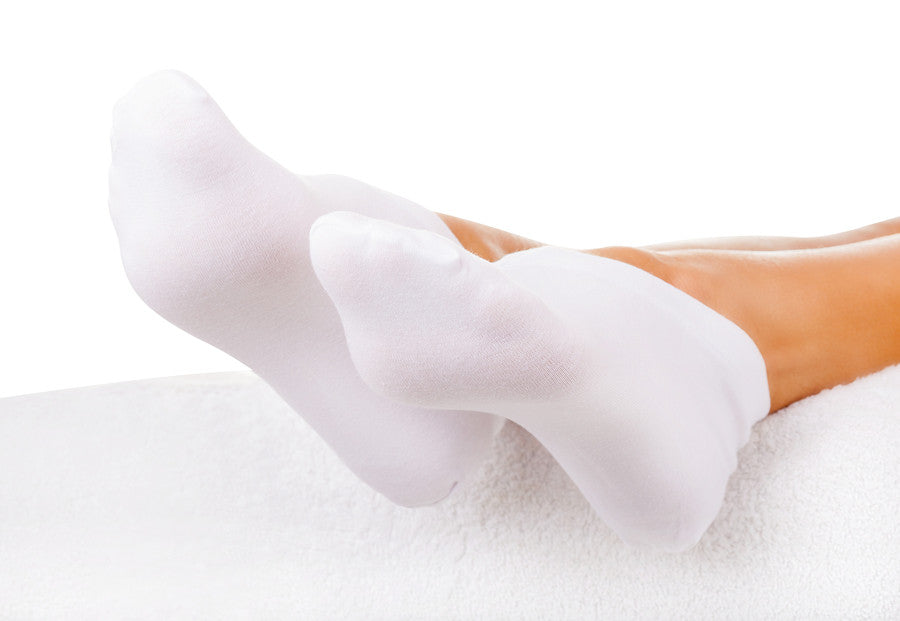 For serious athletes that are looking at every available edge for performance, efficiency and recovery, compression garments are one of the more recent trends in apparel. Many studies have been conducted both in the lab and in real world racing and running conditions to see whether compression garments can enhance athletic ability. Compression garments themselves are nothing new; they’ve been in use for quite some time in a medical/therapeutic capacity for people with deep vein thrombosis. Today, however, the same design concept has been applied to athletic wear with the theory being that it can also be helpful for intense physical activities.
For serious athletes that are looking at every available edge for performance, efficiency and recovery, compression garments are one of the more recent trends in apparel. Many studies have been conducted both in the lab and in real world racing and running conditions to see whether compression garments can enhance athletic ability. Compression garments themselves are nothing new; they’ve been in use for quite some time in a medical/therapeutic capacity for people with deep vein thrombosis. Today, however, the same design concept has been applied to athletic wear with the theory being that it can also be helpful for intense physical activities.
So what are compression socks, and how are they supposed to work?
Controlled Circulation
The human body works by carrying oxygen within the bloodstream to the muscles and organs that need it. Once that oxygen is used up, deoxygenated blood is carried back to the lungs for a fresh “resupply” and the cycle begins again. However, during serious exertion, lactic acid also builds up in the muscles that are being actively used. Once too much lactic acid builds up, performance degrades, and muscle soreness can be a result.
Compression socks and other garments work by adding some pressure in specific areas to help control the flow of blood. Compression socks are tighter at the foot and ankle, but loosen as they travel up to the calf and lower leg. With quality, consistent compression, the walls of blood vessels dilate, meaning they expand and can thus carry more blood in and out. This also means that lactic acid is carried out at a faster rate, which can help alleviate soreness.
Compression also helps to stabilize muscles, and decrease the amount of shock and vibration that muscles may experience from certain activities like running. And these benefits continue beyond the actual athletic activity to everyday use, or even help protect muscles during lengthy periods of inactivity such as plane trips.
How You Benefit
Diligent use of compression socks can benefit athletes both during intensive activities and in the recovery period. It’s been shown that athletes that properly use this type of apparel may experience better performance during runs, and may actually shorten their recovery periods afterwards, allowing them to return to training faster. It’s important however, to ensure that you get properly sized compression socks. This is especially critical since the full benefit of compression socks can only be derived from proper pressure being applied—or not—to appropriate parts of the foot and leg.
Compression socks first gained notice among marathon runners, but the benefits are now spreading to many different types of physical activity, as well as the already noted original use in a medical or therapeutic regard. If you do a lot of running and are thinking of ways to increase your efficiency, performance, or even reduce your downtime afterwards, think about adding compression socks to your athletic wear and see whether or not you start performing better and recovering faster from your activities.






2 comments
Leave a comment
This site is protected by hCaptcha and the hCaptcha Privacy Policy and Terms of Service apply.